Introduction to PAC Files
A Proxy Auto-Configuration (PAC) file is a text document that instructs a web browser to forward traffic through a proxy server instead of sending it directly to the intended destination. Essentially, PAC files allow for automated proxy server configuration, making web browsing more efficient and secure by directing traffic based on URL patterns and other criteria. These files are written in JavaScript and utilize the FindProxyForURL function to determine the most appropriate proxy server for each web request. Originating from Netscape, PAC files support has since become a standard feature across various browsers, providing a flexible and powerful method to manage network traffic and access control.
The Basics of PAC Files
How Do PAC Files Work?
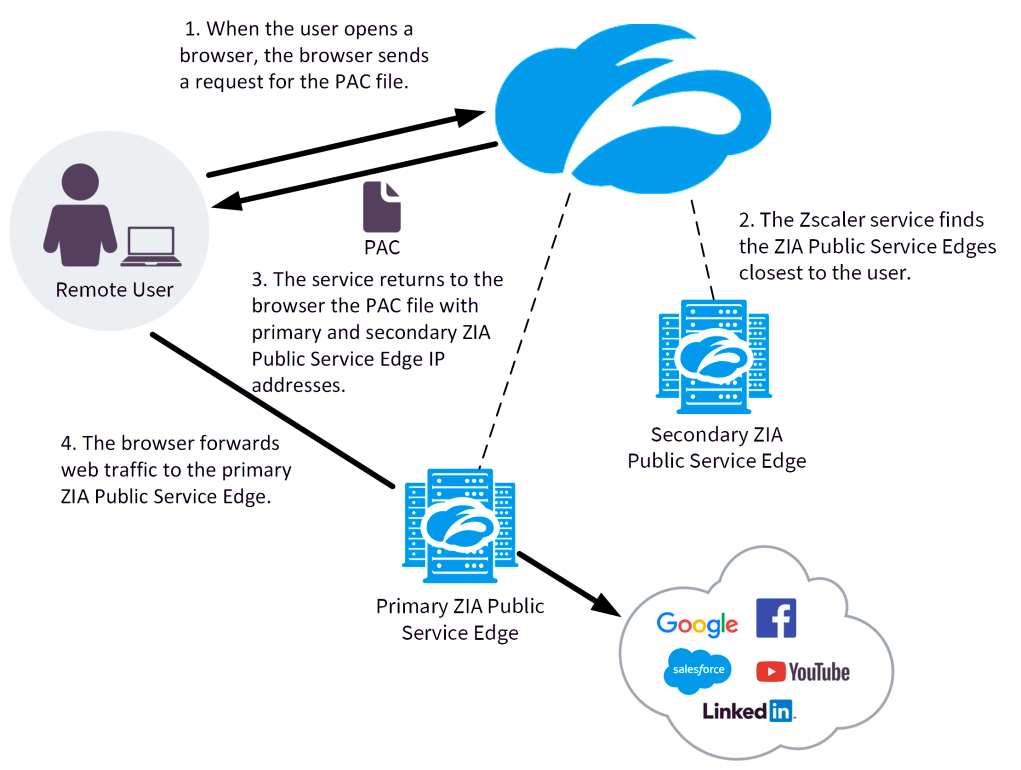
PAC files, or Proxy Auto-Configuration files, are a method for automatically configuring a web browser to use a proxy server for fetching web content. Written in JavaScript, a PAC file contains a function FindProxyForURL(url, host) that determines whether web browser requests (HTTP, HTTPS, and others) should be directed through a proxy server or made directly to the target server. This decision can be based on various criteria such as the URL of the request or the hostname. For example, a PAC file can direct all traffic through a proxy except for requests to a specific domain, which could bypass the proxy for direct connection. This mechanism allows organizations to efficiently manage web traffic, enforce policies, and optimize network performance by selectively routing traffic.
The Importance of PAC Files in Web Browsing
Enhancing Internet Browsing Speed
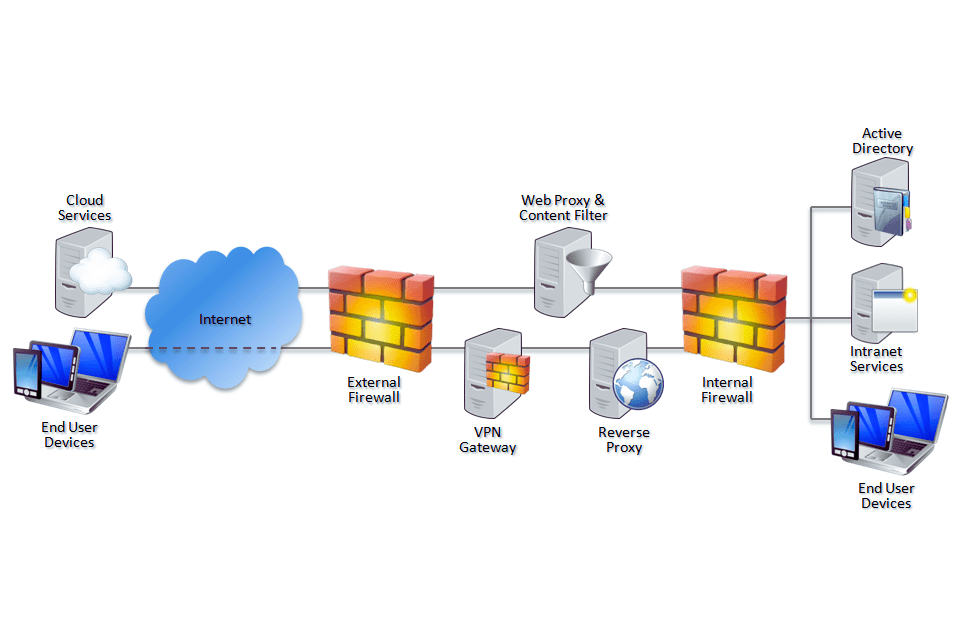
Proxy Auto-Configuration (PAC) files play a crucial role in optimizing and streamlining internet browsing speeds. By dictating how web traffic is routed, PAC files ensure that only necessary traffic is directed through a proxy server, while secure or internal requests can bypass the proxy and go directly to their destination. This targeted routing significantly reduces unnecessary load on the proxy server, allowing for faster web browsing experiences. Additionally, PAC files enable the customization of web traffic routing based on URLs, hostnames, or specific network conditions, further enhancing browsing speed by efficiently managing the path that web requests take. Implementing PAC files allows organizations to enforce security measures without compromising on browsing speed, ensuring that users can access the internet and SaaS applications swiftly and securely.
Customizing Web Access and Security
PAC (Proxy Auto-Configuration) files are essential for customizing web access and enhancing security in web browsing. These text files enable browsers to choose the appropriate proxy server for a given URL, thereby directing traffic efficiently. This mechanism is crucial for organizations that wish to enforce internet access policies and secure web traffic. PAC files allow for sophisticated routing decisions, ensuring that web requests are handled in a manner that aligns with security protocols and network efficiency goals. They can dictate that certain requests bypass the proxy for direct internet access, enhancing performance for secure or internal sites, while ensuring that other traffic is appropriately proxied for security and compliance reasons. The ability to customize web access and security at this granular level makes PAC files a powerful tool in the arsenal of network and security administrators.
Creating and Implementing PAC Files
The Syntax of PAC Files
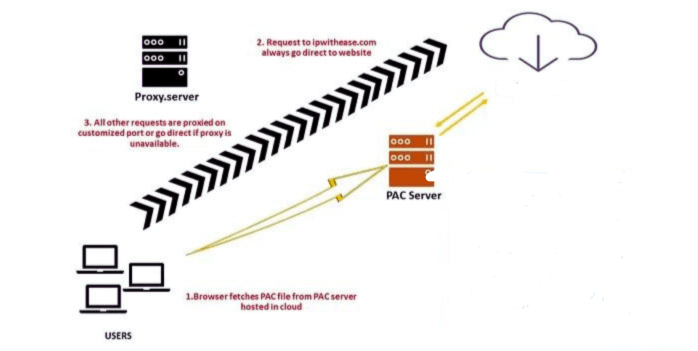
The syntax of PAC files revolves around JavaScript, primarily using the FindProxyForURL function, which determines the appropriate proxy server for web requests. A PAC file can direct traffic either through a proxy server or directly to the destination, based on conditions like URL or host. The basic structure includes the FindProxyForURL function with two parameters: URL and host. This function returns a string with one or more access methods, specifying direct internet access or routing through specific proxies. When writing PAC files, it’s recommended to use a simple text editor to avoid formatting issues that can arise with word processors. Testing the PAC file is an essential step to ensure it functions as expected, directing web traffic according to your organization’s requirements and security policies.
Key Functions in PAC Files
PAC files utilize a core JavaScript function, FindProxyForURL(URL, host), to direct web browser requests. This function decides whether requests for a URL and host should be directed through a proxy server or connected directly. It operates by returning a string instructing the browser on handling HTTP, HTTPS, and FTP traffic, including directives for using specific proxy servers or connecting directly to the internet.
This function runs in a restricted JavaScript environment, limiting its capabilities to ensure security and efficiency in processing web requests. The simplicity and flexibility of the PAC file allow it to be customized for various network architectures and policies, making it a powerful tool for managing web traffic.
Tips for Writing Effective PAC Files
To write effective PAC files, follow these best practices:
- Understand Before Editing: Before making changes, ensure you fully understand the PAC file’s functionality and structure.
- Start with a Template: Use a default PAC file as your starting point to ensure you’re following a proven structure.
- Prioritize Checks: Place high-probability checks near the top of your PAC file to improve performance by reducing the number of evaluations needed for most requests.
- Minimize Exclusions: Avoid using excessive exclusion functions, as they may slow down the evaluation process.
- Use Resources and Examples: Leverage resources like FindProxyForURL for examples and tips on PAC file writing.
Deploying PAC Files in Your Network
Deploying PAC files effectively within your network involves considering accessibility, reliability, and security. The following steps and considerations can help ensure a successful deployment:
- Choose a Centralized Location: Deploy the PAC file on a server that all users can access, ideally one that’s integral to your network infrastructure, such as your intranet server.
- Ensure High Availability: To avoid single points of failure, consider hosting the PAC file on multiple servers or using load balancing. This provides resilience and better performance.
- Consider Accessibility for Remote Users: If users need to access the PAC file from outside the corporate network, ensure it’s deployed in a location accessible over the internet, and consider security implications.
- Use a Default PAC File as a Template: Some services provide default PAC files that can be customized for your needs. This can be a good starting point.
- Test Before Deployment: Before rolling out changes to all users, test the PAC file with a small user group to prevent widespread issues.
Challenges and Solutions
Common Issues with PAC Files
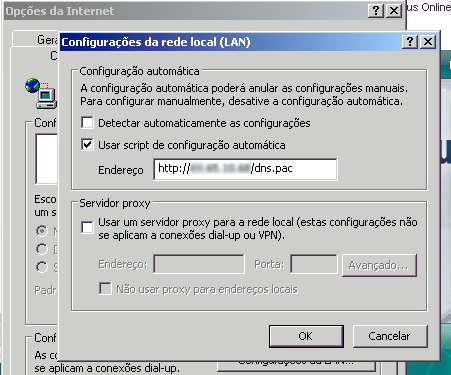
Common challenges associated with PAC files include:
- Security Risks: PAC files are plain text and can be downloaded by anyone. This makes it crucial to use appropriate file permissions and avoid disclosing sensitive information.
- Connectivity and Reachability Issues: Organizations often encounter problems with PAC files due to connectivity or reachability. These issues necessitate thorough troubleshooting to ensure proper network configuration and PAC file accessibility.
- Poor Performance: Extensive DNS queries or poor DNS resolution performance within PAC files can significantly degrade network performance. Optimizing DNS queries and ensuring efficient PAC file scripts are essential for mitigating this issue.
- Troubleshooting Complexity: Understanding how to effectively troubleshoot PAC files, including using tools and logs to diagnose forwarding profile and application profile policy issues, is critical for maintaining network performance and security.
Debugging PAC Files
Debugging PAC files can be a bit tricky since traditional debugging tools like the alert() function may not work in all environments. However, there are several methods and tools available:
- Chrome Net-Internals: Use chrome://net-internals/#proxy in Google Chrome to see which PAC file is used, providing insights into its selection and application process without traditional debugging features.
- Proxy Auto-Config (PAC) Debugger: This is an interactive editor and debugger for PAC files, allowing you to edit and debug the JavaScript code in real-time.
- Encoding PAC Script in Data URL: For Chromium-based browsers, including the new Edge, you can encode the entire script into a DATA URL for local testing, offering a workaround for debugging.
- Use of External Tools and Resources: Watching a brief demonstration video on how to use PAC debuggers can provide insights into the debugging process.
- Debugging in Firefox: In Firefox, the use of alert() functions can be a straightforward way to debug PAC files, although it may not work in all contexts.
- Google Chrome’s Events Viewer: Google Chrome has an events viewer for PAC files where you can see the application of the PAC script and troubleshoot accordingly.
Security Considerations
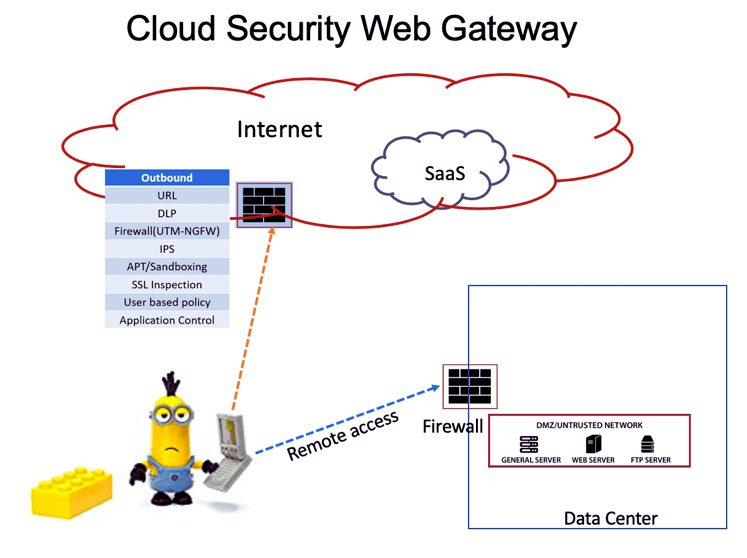
When implementing PAC files for proxy configuration, several security considerations are crucial:
- Avoid External References: Do not use external or global variables within PAC files to minimize security risks. Keeping the PAC file self-contained is safer and simplifies future maintenance efforts.
- Understand the File’s Impact: Be thoroughly familiar with the PAC file’s functionality, especially if taking over an existing file. Knowing its impact can help in identifying potential security flaws.
- Secure Administrative Functions: Ensure that administrative functions related to PAC files are securely managed, potentially using other security systems like Natural Security.
- File Permissions: PAC files, being text-based, are accessible and can be viewed if not properly secured. Implement appropriate file permissions to protect the file.
- Critical Security Measures: Take into account security measures such as encryption, access control, and regular audits to prevent unauthorized changes and ensure the integrity of the PAC file.
- Guard Against Unauthorized Modifications: The primary risk is not the visibility of the PAC file itself but the potential for its unauthorized modification. Ensuring that the correct PAC file is referenced by end users is paramount.
The Future of PAC Files
Evolving Technology and PAC Files

The landscape of Proxy Auto-Configuration (PAC) files is undergoing significant changes due to evolving technology and security requirements. Historically, PAC files have been utilized for directing internet traffic through proxy servers based on rules defined within these files. This mechanism has been critical for managing and securing network traffic within organizations.
However, with the advancement of cloud-based security gateways and the increased focus on more dynamic and robust security solutions, the traditional PAC file approach is being reconsidered. For instance, the end-of-life announcement for the PAC File Mode integration in SEP and SES, which acted as limited traffic redirector agents for Cloud SWG, signifies a shift toward newer technologies that offer enhanced capabilities and security features.
The adoption of cloud-based security services, like Zscaler, which uses geolocation technology to direct traffic more efficiently, highlights a trend towards more sophisticated traffic routing solutions that could eventually replace or significantly alter the use of PAC files. Additionally, the movement towards integrating Web and Cloud Access Protection policies without PAC file redirection methods indicates a shift in how traffic redirection is managed, favoring tunnel methods over PAC files for enhanced security and management.
Conclusion
PAC files might seem like a small cog in the vast machinery of the internet, but their impact on web browsing efficiency, security, and customization cannot be overstated. By understanding, creating, and maintaining PAC files, you can significantly enhance your or your organization’s online experience.
Read also: How Many Centimeters in an Inch?
FAQs
Q. What is a PAC file?
A PAC file is a Proxy Auto-Configuration file that helps browsers determine the most efficient proxy server to use for connecting to the internet.
Q. How do I create a PAC file?
PAC files are written in JavaScript, focusing mainly on the “FindProxyForURL” function. Familiarity with JavaScript and an understanding of your network’s proxy requirements are essential.
Q. Can PAC files improve internet speed?
Yes, by directing traffic through the most efficient routes, PAC files can reduce loading times and improve overall browsing speed.
Q. Are there any security risks associated with PAC files?
While PAC files themselves are not inherently risky, improper configuration or lack of secure hosting can make them a target for malicious activities. Always ensure PAC files are securely managed.
Q. How do I deploy a PAC file in my network?
Deploying a PAC file involves configuring the network or browser settings to use the PAC file’s URL, ensuring all web traffic adheres to the rules defined in the PAC script.





Thanks for sharing. I read many of your blog posts, cool, your blog is very good.